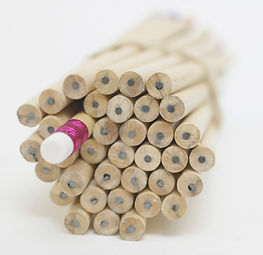

I will use formative and summative assessment to gain knowledge of students’ comprehension of material. Formative assessment is used to check students understand and to plan further instruction. Summative assessment gives insight as to the knowledge that was attainted by the students.
The types of formative and summative assessments I would use are as follows:
-
Extension projects-can demonstrate an additional understanding of ideas in a creative way (diorama, poster, collage, file folder, abc books)
-
MetaCognition-Allows for students to process what they did in class and why it was done.
-
Exit Slip-Short quiz with 3 questions which ask Things I learned today, Things I found interesting, and Questions I still have. This gives the teacher insights into the student’s understanding of the material.
-
End of chapter or unit tests, performance assessments, and written reports.
Assesment and Evaluation
Parents will be informed during parent/teacher meetings of students’ progress. Administrators will be notified during weekly reports. Students will be notified once the assessments are graded.
Ways to include students in self assessments include having them reflect on what they have learned and the learning strategies that they have used. Another way to include students is to have them create their own goals sheets and have them evaluate them.
Classroom assessment practices can lead to awareness of problem areas and areas of improvement. This will help the student understand where they need to focus on in order to excel. This in turn will increase academic achievement.
Ways to ensure that assessment are assessable and culturally/linguistically responsive to all students include providing a variety of ways to demonstrate knowledge, have group projects as well as individualized testing, allowing additional exam time, and setting individual learning goals based on students needs and capabilities.
CMB graphs can be used to give a clear representation of the child’s progress throughout the school year. It can also be used to set goals for the students’ future progress as well as areas of concern the student may have. Students and parents can also have a visual record of students’ progress which can help student to monitor their progress.
Data-driven assessment practices can be used to develop instructional inventions for struggling students first by shedding light on problem areas using analysis. Teachers and schools leaders come together and decide on the reassessment strategy. Then we put into action by re-teaching standards in whole grade level or content areas.